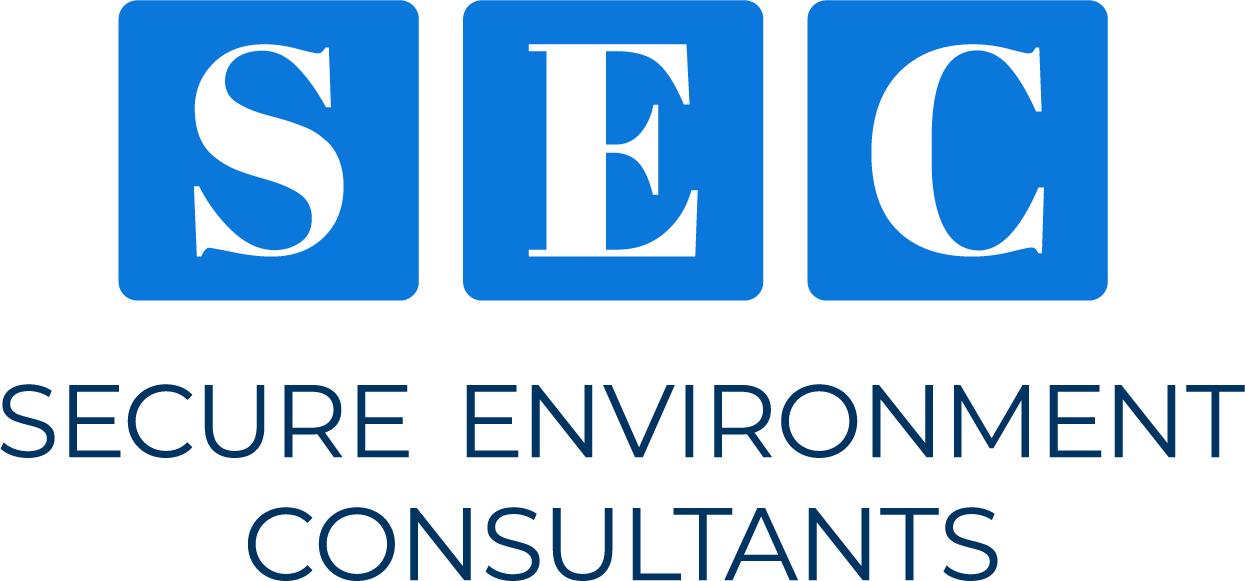
Balancing school safety with a positive school climate is critical for students to achieve their greatest potential. Every day, millions of students across the country go to school, hoping to gain an education, make friends and prepare for their future. Schools should be safe places to explore, learn and engage. However, the reality is that schools today are faced with a heightened need to keep students safe from threats that may arise, internally and externally. According to a Gallup report in 2018, 35% of parents fear for their child’s safety at school and 20% of parents report their child has expressed this same concern. We can predict these numbers to rise, as the number of school tragedies continue to disrupt our country.
Jason Russell, Founder & President of Secure Education Consultants (SEC), took his years of experience and knowledge in the Secret Service, to help schools across the country prepare for any crisis or emergency that may arise. In the early stages of starting SEC, Jason would assess schools right after a new build or renovation, only to realize he should have been involved earlier, to help schools make the right improvements and embed safety within the design process. After a decade of helping thousands of schools and organizations across the country, Jason shares his expertise and insight with school leaders who are looking to redesign or expand their current physical spaces.
First, it’s important to remember that design must be based on learning and what is best for the students. We cannot design schools based on emergencies, but we do need to insert security measures where it is appropriate.
Second, and equally important, not every school faces the same threats. To help you prioritize where to enhance your current security measures, the best place to start is with a site assessment. A site assessment allows an outside security consultant, such as SEC, to visit your school and evaluate vulnerabilities associated with physical security and emergency preparedness. The site assessment is comprehensive and accomplishes a 360-degree examination of your school, its practical functions, and its surroundings. This should include a thorough examine of the building, including internal and external design features, existing technical and physical security measures, relevant safety policies and procedures currently in place, gaps in physical security infrastructure and onsite interviews with key staff and leadership. Especially as you look to expand or redesign your current facility, a site assessment can help you identify any weaknesses or gaps that may already exist, as well as help you design new spaces with security in mind.
Once you have completed a site assessment, keep in mind the following key points:
- Whenever there is a change to a physical space, processes and procedures must also be embedded within the project. For example, if your school decides to put in a new front entrance, you must adjust the process for this new entrance and then train the right people on this new process. Security occurs in layers. Often, we think that if the physical space has been updated and secured, we feel safer, yet the reality is that safety requires you to look at all layers involved, including technology, equipment, processes, procedures, and training.
- Be careful not to focus solely on an active shooter threat. While active shooters are very much a real threat, it is still a very rare occurrence. Most renovation projects place a heavy emphasis on the front entrance, which is important due to the high volume of visitors who pass through each day but doesn’t necessarily make you any safer. If an intruder has a motive to attack, they will find an alternate way to gain entrance. Again, consider the multiple layers that impact safety and security, including alert systems, technology, door locks and numbering, and staff training.
- For schools who lease their property, consider making adjustments that require minimal investments. For example, look at ways you can make enhancements to safety and security processes, procedures, trainings. Any physical changes should be something that you could take with you, such as technology.
- For schools who may not have a large budget to work with for renovations, keep in mind that security enhancements do not need to be expensive. Security must be customized to your biggest risks. For example, an elementary school may want to focus more efforts on door access and front entry, as your threats are more external, whereas a high school may need to focus more on behavioral threat assessments, as threats are more internal. Keep in mind that training is one of the most essential components for safety and security. Training can be offered in conjunction with local law enforcement or security consultants, such as SEC, at affordable and essential investments to your school’s ongoing safety needs.
If you are looking to hire a security consultant to assist with your future design project, be sure to look for a consultant who is independent and whose goal is to act in your best interest. Questions you should ask during the vetting process should include “do you accept referral fees”, “do you sell any products”, and “have you worked on similar projects?” Be sure to tour new facilities to start gathering ideas and talk to those school leaders about the decisions they put into place. You can also find a variety of free resources from the Crime Prevention Through Environmental Design website: https://www.cpted.net/ICA-resources
Remember, threats will change and adjust over time. If you design your new building project just on the threats of today, you will be stuck with spaces that no longer work in the future. Be flexible and design spaces that can be adapted over time.
